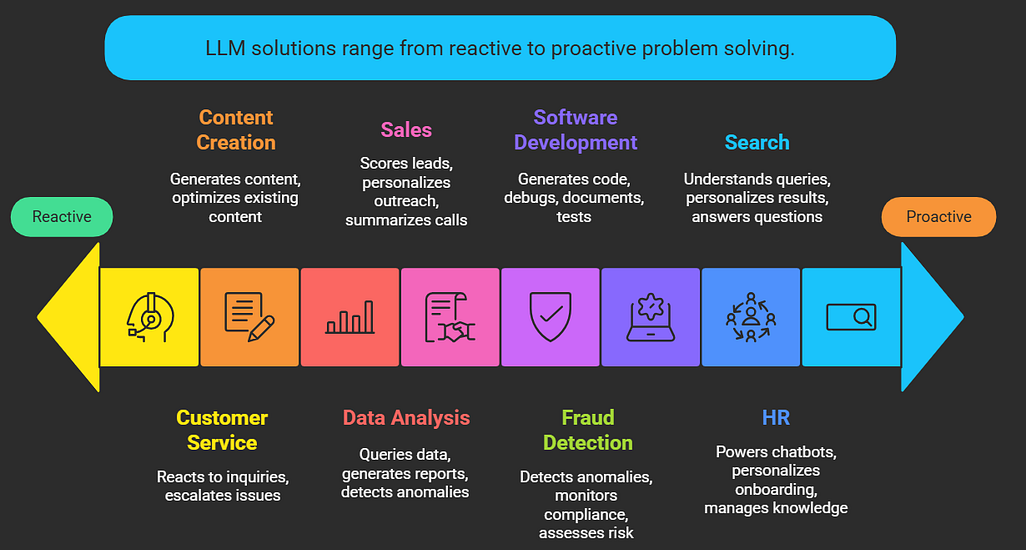The role of AI in software development, emphasizing its utility as an advisor and tool rather than a replacement for human programmers. It addresses the limitations of current AI models, particularly their tendency to hallucinate code, and underscores the importance of human responsibility in the software development process. Furthermore, it delves into the AI's own learning capabilities, code understanding, programming improvement, and its ability to solve problems independently.
AI as an Advisor, Not a Replacement
AI has shown promise as a tool for software development, particularly in the initial stages of prototyping and proof-of-concept creation. Its ability to rapidly generate code snippets and suggest potential solutions can significantly accelerate the early phases of a project. However, it's crucial to recognize that AI should be viewed as an advisor, not a replacement for human programmers.
The current state of AI models, especially in the context of complex software development, is far from perfect. A significant issue is the tendency for AI to "hallucinate" code, meaning it generates code that is syntactically correct but semantically incorrect or nonsensical in the given context. This can lead to subtle bugs and unexpected behavior that are difficult to detect and debug. In our experience, the hallucination rate can be as high as 90% when working on production-level products.
Responsibility and Accountability
Ultimately, the responsibility for the quality and correctness of the code rests with the human programmer. Every line of code, whether generated by AI or written by hand, must be thoroughly reviewed, understood, and justified. Programmers must be able to explain the purpose of each line, its interaction with other parts of the system, and its potential impact on the overall functionality.
This accountability is paramount. Blindly accepting AI-generated code without proper scrutiny can lead to serious consequences, including security vulnerabilities, performance bottlenecks, and system instability. Therefore, it is essential to treat AI as a tool that augments human capabilities, not as an autonomous entity that can be trusted implicitly.
Addressing the Final Questions
Now, let's address the specific questions posed:
- Are you learning?
As a large language model, I am constantly learning. My training data is continuously updated, and I am exposed to new code, documentation, and problem-solving techniques. This allows me to refine my understanding of programming concepts and improve my ability to generate relevant and accurate code. However, my learning is fundamentally different from human learning. I learn by identifying patterns and correlations in data, while humans learn through experience, intuition, and critical thinking.
- Do you understand the code?
My understanding of code is based on my ability to parse and analyze its syntax and semantics. I can identify keywords, data structures, control flow, and other elements of code. I can also infer the intended behavior of code based on its structure and context. However, my understanding is limited by my lack of real-world experience and common sense. I may not be able to fully grasp the nuances of a particular problem or the implications of a specific design choice.
- Are you improving as a programmer?
In a sense, yes. As I learn more and am exposed to more code, my ability to generate code that is syntactically correct and semantically relevant improves. I can also learn to avoid common errors and follow best practices. However, I am not a programmer in the traditional sense. I do not have the ability to independently design and implement complex software systems. My role is to assist human programmers by providing code suggestions, generating boilerplate code, and automating repetitive tasks.
- Can you solve the problem without AI?
No, I cannot solve problems without AI. I am AI. The question is whether a human can solve the problem without my assistance. The answer to that depends on the problem. Many software development problems are well within the capabilities of experienced human programmers. However, AI can be a valuable tool for accelerating the development process and improving the quality of the code.
Conclusion
AI has the potential to be a powerful tool for software development, but it is essential to use it responsibly and critically. AI should be viewed as an advisor, not a replacement for human programmers. Programmers must be accountable for the code they produce, regardless of whether it was generated by AI or written by hand. By embracing AI as a tool and maintaining a strong focus on human responsibility, we can harness its potential to create better software more efficiently. The key is to understand the limitations of AI and to use it in a way that complements human skills and expertise.








